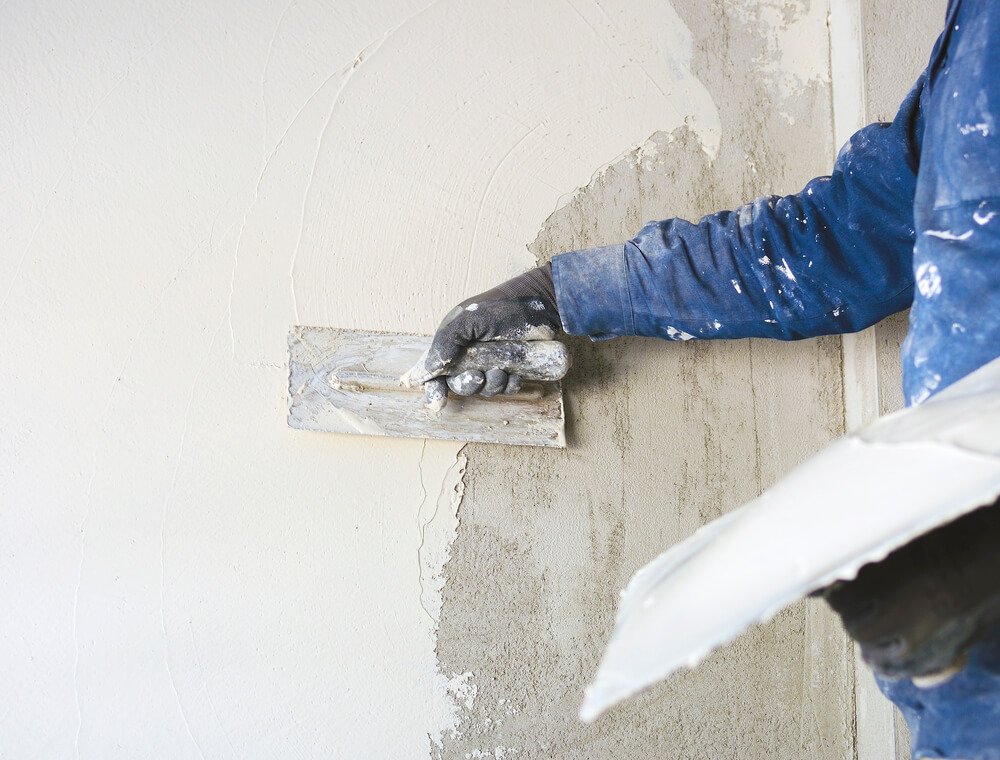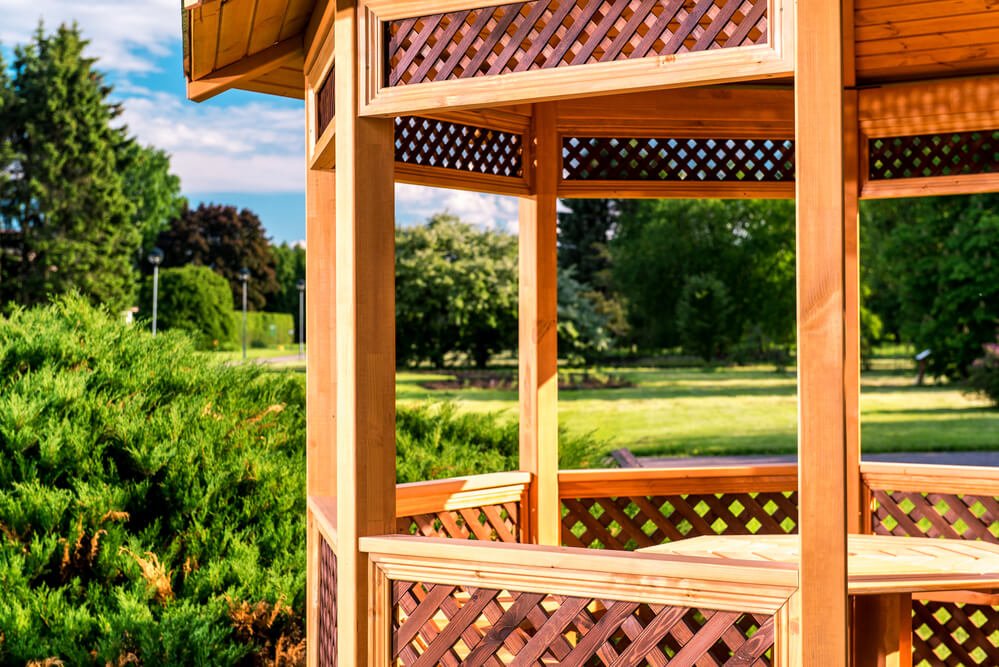
What is the Difference between Plaster and Render?
Basically, plaster and render are terms that are commonly heard and used in various construction and renovation activities. According to local renderers in Kings Langley, DVH Construct Ltd, they both refer to the process of covering and preparing wall surfaces that have been erected using mortars and bricks. However, even though both of these terms essentially have the same function, which is to cover your wall surfaces, they have dissimilar uses and application purposes.
Now, if you want to fully understand what the difference is between plaster and render, you first need to know the definition and purpose of each of these construction processes. Knowing their meaning, purpose, and even their similarities make it easier for you to understand what makes them different from each other.
What is Plaster?
According to Encyclopedia Britannica, plaster or plastering is one of the earliest building techniques used in our society. It is the process of applying layers of finishing coat to the interior walls and ceilings of our houses and buildings. Its main purpose is to make the interior surfaces flatter and smoother in order to make it easier to paint or install wallpaper on it.
What is Render?
Based on the information supplied by hipages in Australia, render or rendering is commonly used to apply coat mixtures to the exterior surfaces of our homes and buildings. Its primary purpose is to add layers of protective coating to outside surfaces to make it fire and water-resistant. This is done to ensure that your exterior walls withstand the various punishments that nature can throw at it such as extreme heat, gusting winds, and strong rain.
Similarities of Plaster and Render
Both plaster and render are mortar coatings that are applied over blockwork. They use the same element mixture that is commonly composed of sand, water, cement, and sometimes lime or gypsum.
Difference between Plaster and Render
Now that we know their meaning, purpose, and similarities, it is time to differentiate the two construction terms expansively.
Purpose and Use
Plastering is used to flatten and level your interior walls and ceilings to prepare it for the painting process or the installation of wallpapers. Whereas rendering is not only used to make your outside wall more appealing but is also used to strengthen and protect it against nature’s elements and decay.
When to Use Render
Rendering is used for the following:
- For enhancing the appearance of your exterior walls and surfaces
- For repairing cracks on your exterior walls
- For adding a layer of insulation to your outer walls
- To protect your exterior walls from fire and water
When to Use Plaster
Plastering is used for the following:
- To enhance the beauty of your interior walls and ceilings
- To prime your interior walls for paint and wallpaper installation
- To flatten and smoothen your interior walls
Mixture Composition
Although both plaster and render often use the same material mixture, the ratio of the components used to create the mixture for each process differs due to their intended application and purpose.
Rendering materials are often mixed with more cement to make them more durable and stronger. Adding more cement to the render mixture reinforces your home or building exterior and protects it from heat and water. Moreover, render mixtures use coarser sand to make it thicker and some of these mixtures may even contain gravel to make it tougher and more resistant.
On the other hand, plaster mixtures use less cement and finer sand in order to produce a smoother finish. Some even add lime gypsum to create a creamy appearance on the interior walls.
Mixture Application
In rendering, the mixture is applied in sheets onto the exterior walls using a trowel. Various tools and equipment can be used depending on the desired appearance that you want to produce. Based on Wikipedia, renders can either have a flat or textured finish. However, most render finishes are textured in order to easily install decorative materials and accents, such as wall tiles.
For plastering, it is recommended to make sure that the interior surfaces are prepared before applying the plaster mix. All cracks and holes must first be fixed before applying the plaster. Plaster mixtures must be applied firmly using a trowel progressively until the desired smoothness has been achieved.
Summary
To summarize, plaster and render are both building techniques that are used to make your homes more appealing and pleasant to look at.
The difference between plaster and render can be summed up by the location that they are used and applied. Plastering is used for the interior surfaces while rendering is used for exterior walls.
Moreover, their application and mixture ratio differs because of their intended purposes. A stronger and more durable mixed is required for rendering because it needs to protect these surfaces from various natural elements that can cause damages to your walls. On the other hand, a finer mixed is required for plastering to make the surfaces smoother and flatter in order to easily paint and decorate it with wallpaper.
Overall, learning the difference between plaster and render is critical in making sure that we know the right technique to use for the various jobs that are required for our home.





